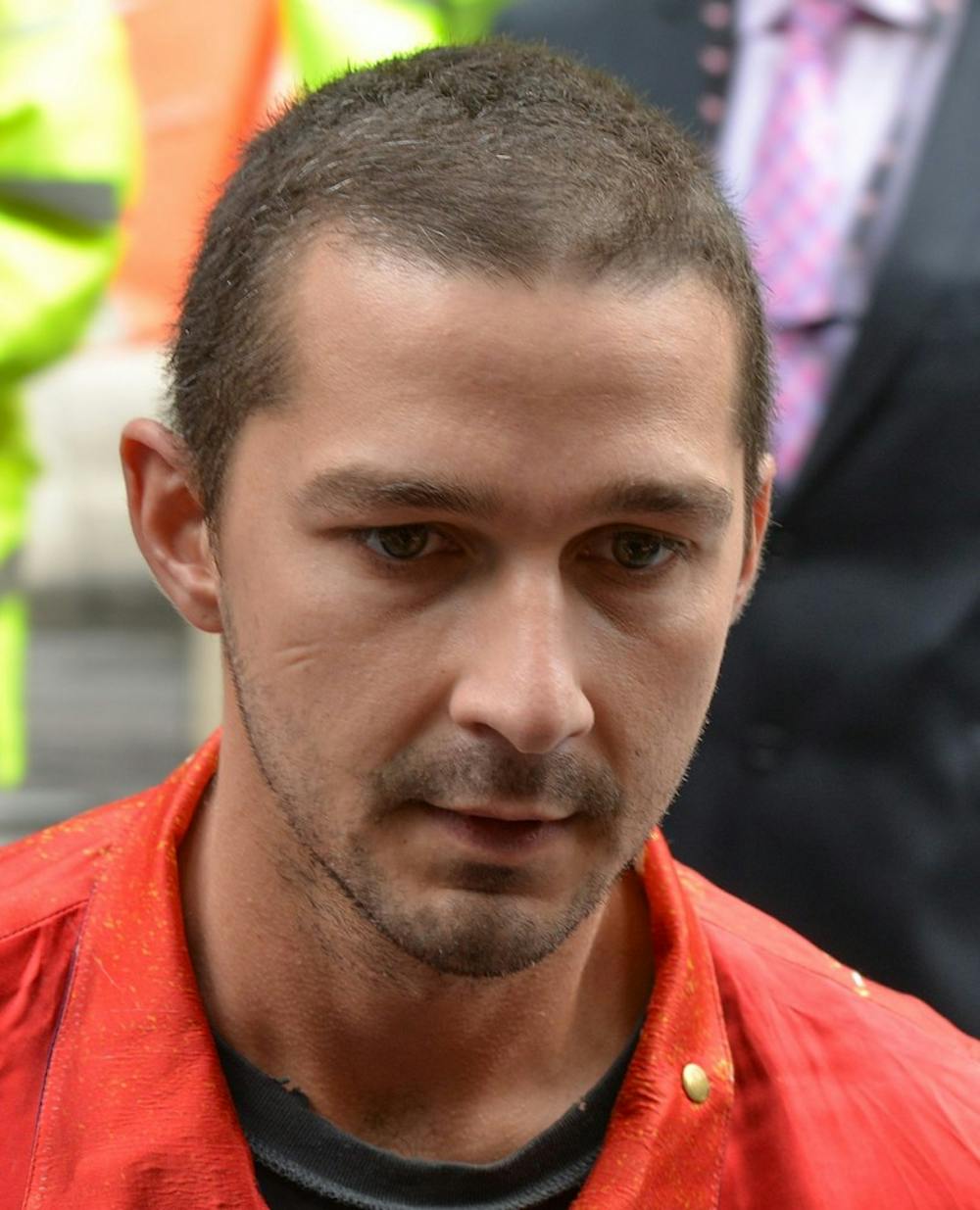The Peanut Butter Falcon, which hit theaters early last week, follows the journey of Zak (Zack Gottsagen), a young man with Down syndrome who makes a chaotic run away from the nursing home he’s been placed in, all with hopes of making it to a wrestling school in the Carolinas. Along the way, he meets Tyler (Shia LaBeouf), a down-and-out fisherman who’s been run out of his nearby home-town after enacting some costly — and potentially misplaced — revenge.
The two make intermittent headway down the coast, pursued separately by Eleanor (Dakota Johnson), a volunteer from the nursing home, as well as two fishermen bent on revenge against Tyler (John Hawkes and Yelawolf). Despite the cat-and-mouse game underlying the plot, there is no character who is entirely a victim in the film, nor one that overwhelmingly represents injustice.
Although the narrative situates itself solidly in the tried and true, runaway, found-family genre of the movie (and, subsequently, the twists and turns of the plot are often not surprising) the story and its characters are delightful. The joy of the film comes as the characters play within the predictable genre, whether by literally playing (such as when Zak dons wings of branches and smears peanut butter all over his face, or when Tyler designs a training regime for Zak to get him ready for wrestling school), or through the nuanced examinations of the internal worlds occupied by each of the characters.
For example, Tyler and Zak spend much of the film pushing back against the institution that Eleanor, although well-intentioned, embodies in her consistent infantilization of the main character. Much of the triumph of the film for the audience is watching Zak eventually gain autonomy over his life.
Another theme — albeit less central to the story — is the poverty of the film’s setting and the toll that takes on mental health, as well as the way class dynamics intersect with gender.
Eleanor, college educated and financially secure, grapples with assumptions people make about her character because of her status. She represents privilege and institutional limitation while still being independent in her own right.
Where the film fails, however, is on the front of diversity. There are only two speaking roles for people of color in the film, both brief and non-recurring.
One of them is the sidekick of the antagonizing duo of angry fishermen. He is unnamed and has perhaps two lines. The other is a blind man (Wayne Dehart) who shoots at Tyler and Zak when they trespass on his property. “Blind Jasper John” stops attacking as soon as Tyler and Zak swear that they are “God-fearing” and allow him to give them a baptism. He then lets the duo raid his property for odds and ends.
While the character was endearing and well acted, “Blind Jasper John” was less a fully fleshed out character than a mystical figure that only functioned to move the plot forward.
It’s unfortunate that the film glossed over the diversity of the South, which weaves through other social themes of the movie. In every other way, The Peanut Butter Falcon succeeds in creating a visceral and enrapturing setting that feels accurate to the landscape and social climate of the area.
Thinking back, the images that stick out the most are those of the Carolina wetlands.
The long-shots of the natural world, shown independent of the characters, create an appreciation for the reeds and the water and the birds. Their frequency builds a sense of place and space into the framework of the film. When the characters interact, the camera does its job of guiding and buoying that interaction.
One shot in particular that comes to mind is when Tyler and Zak, caught in a stand-off because Zak refuses to cross a river for fear of drowning, face each other from either side of the frame while the current flows between their small and distant figures.
The visual dynamic of this scene underscores the balance and equality inherent in their conversations and interactions.
Overall, The Peanut Butter Falcon was a heartwarming and visually stunning story, filled with delightful characters and a familiar sensibility. Still, we should acknowledge and discuss its weaknesses. Hopefully, the next iteration of this movie will move beyond them.





